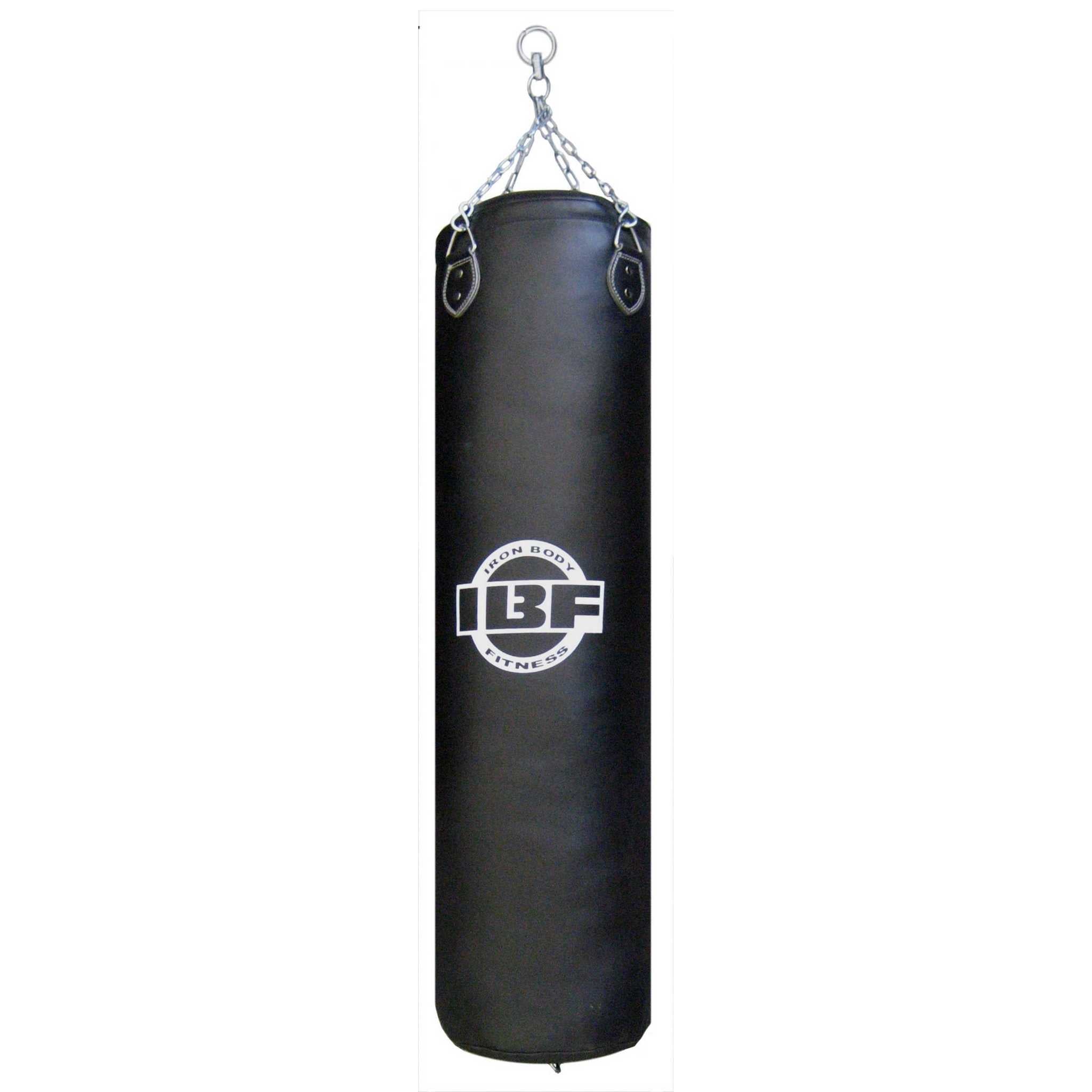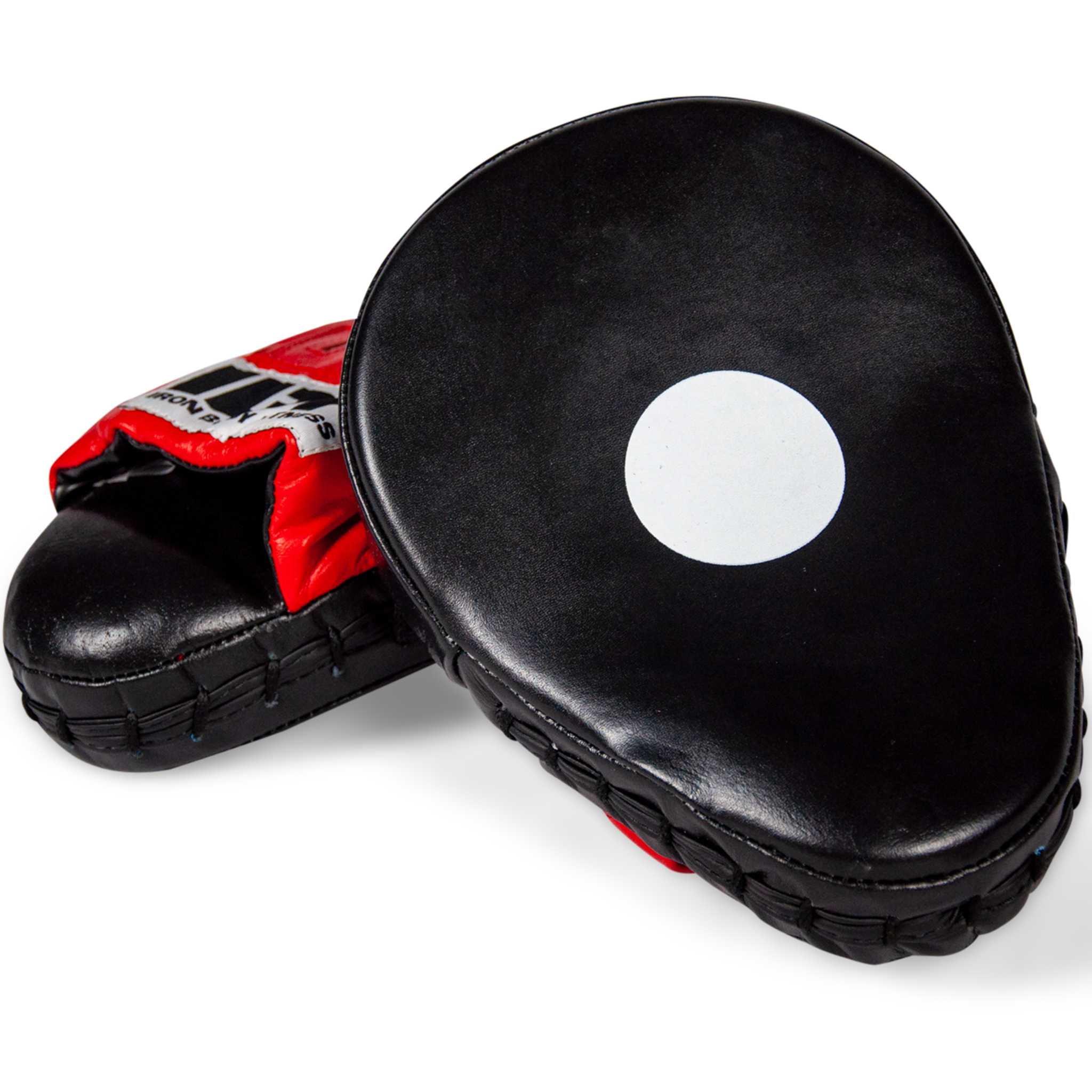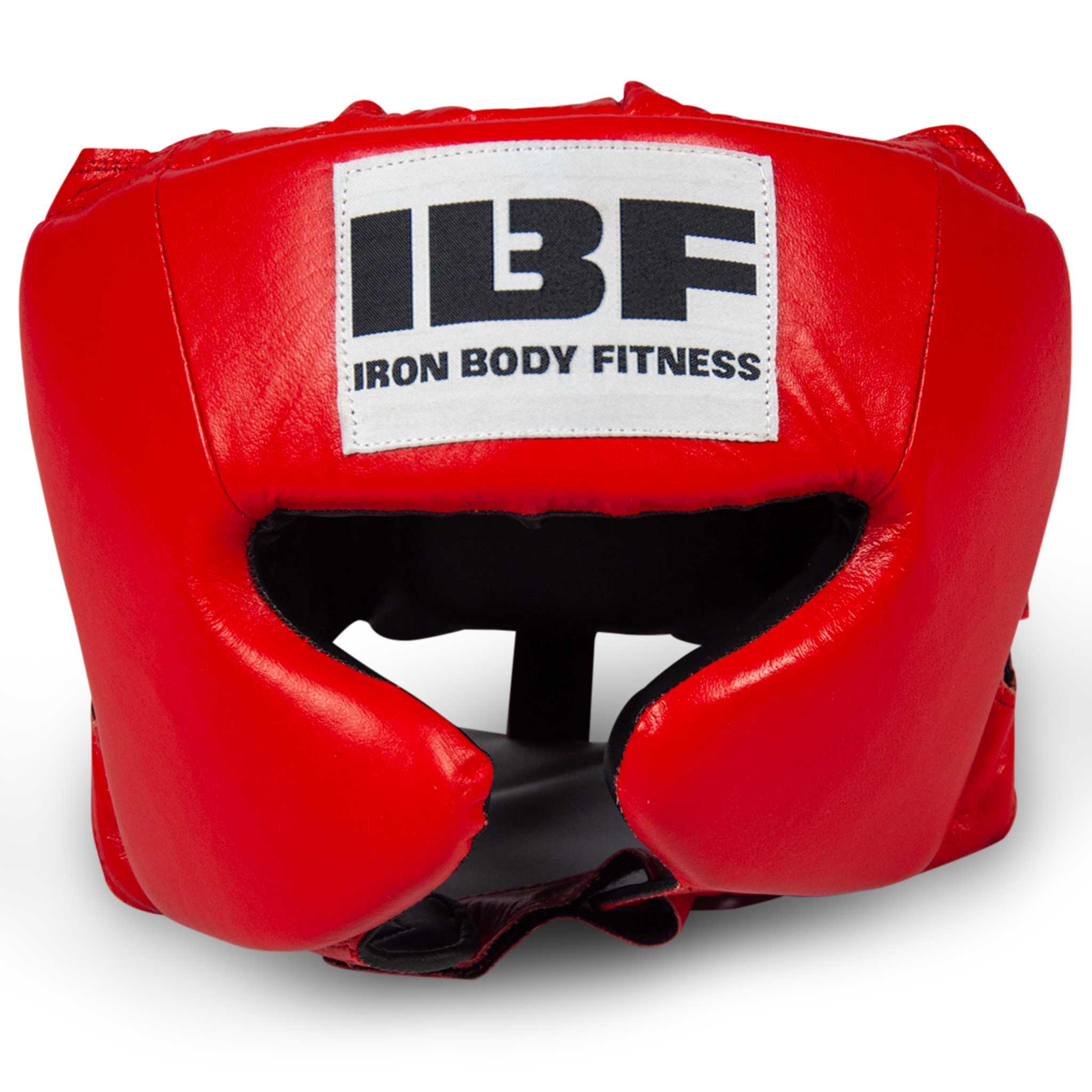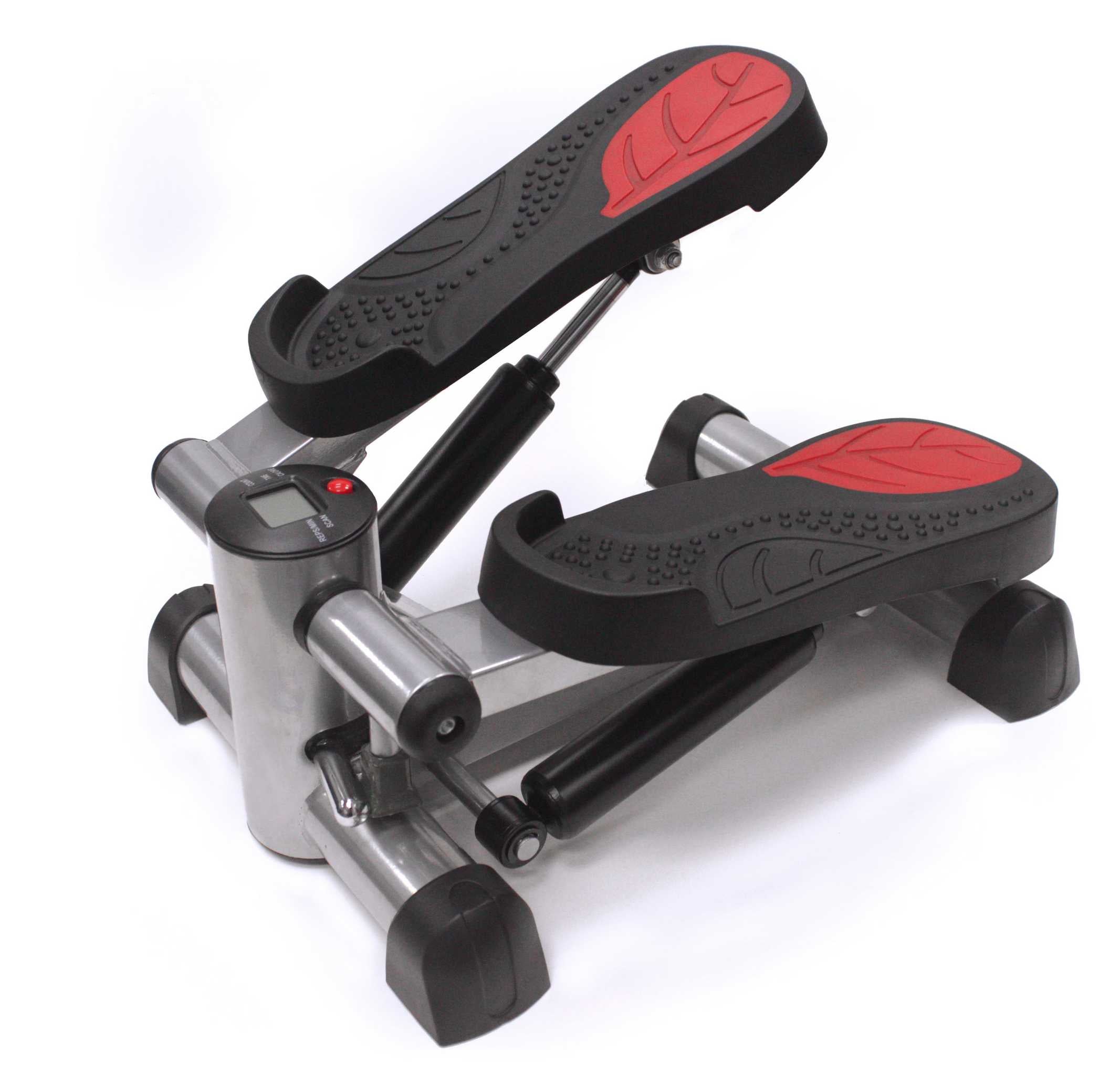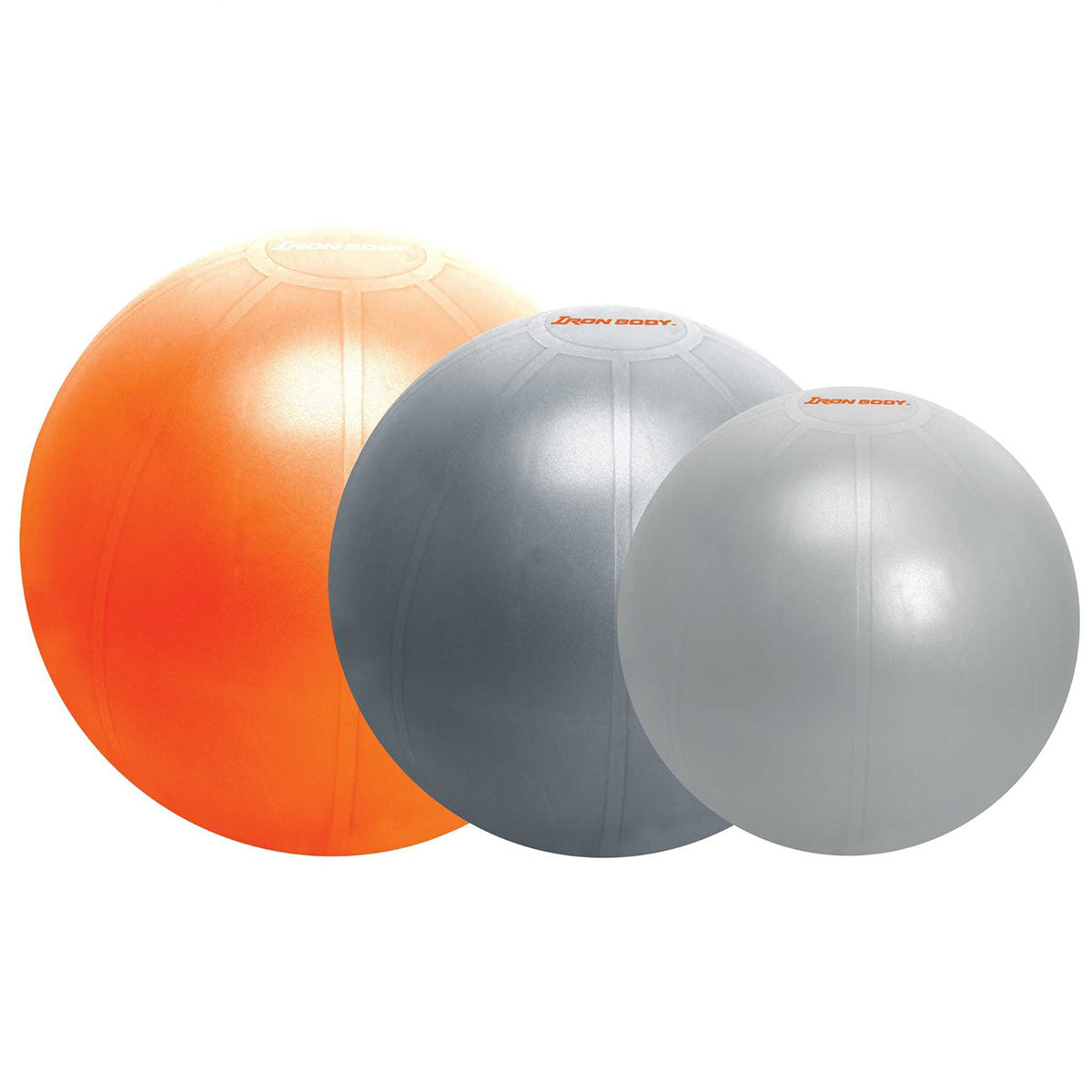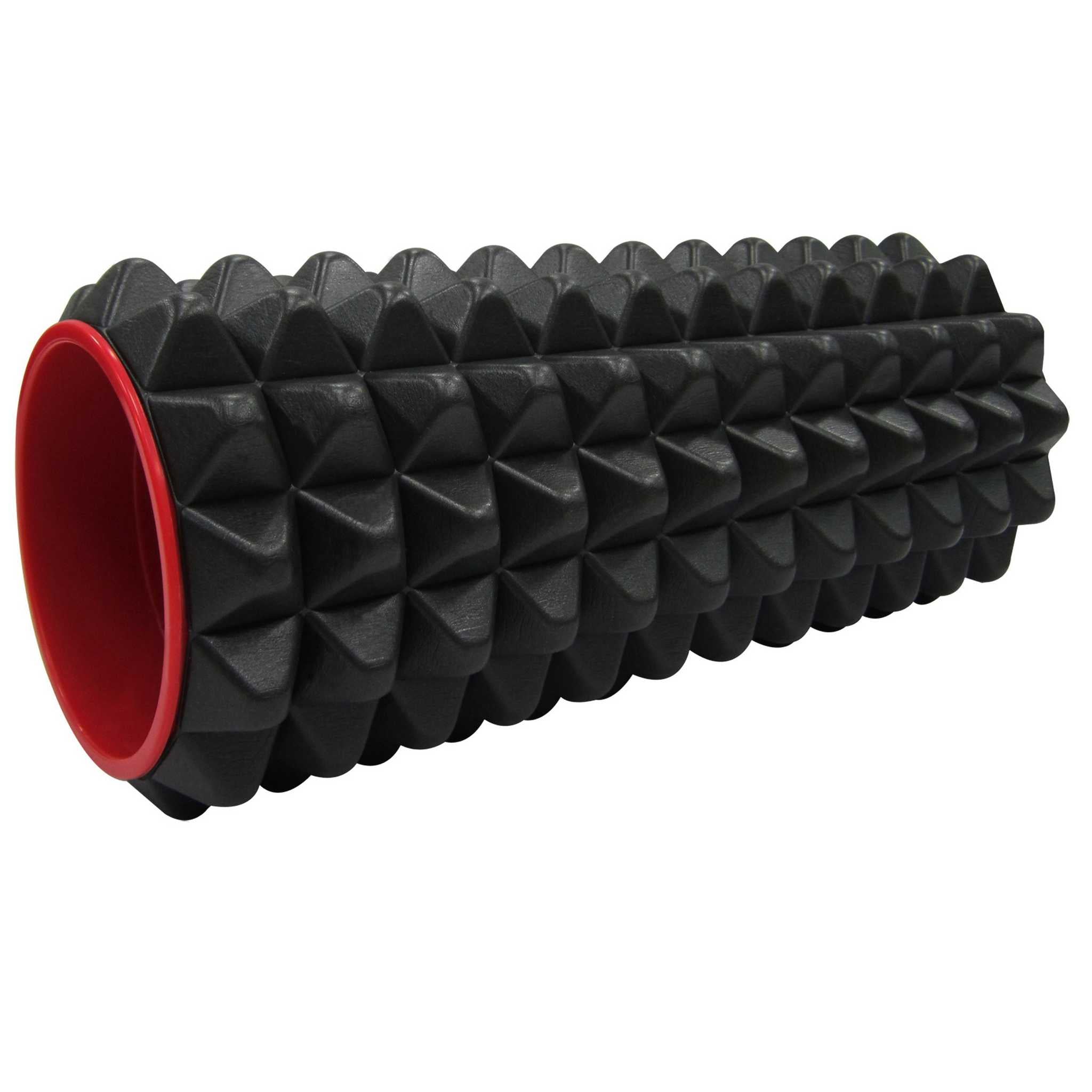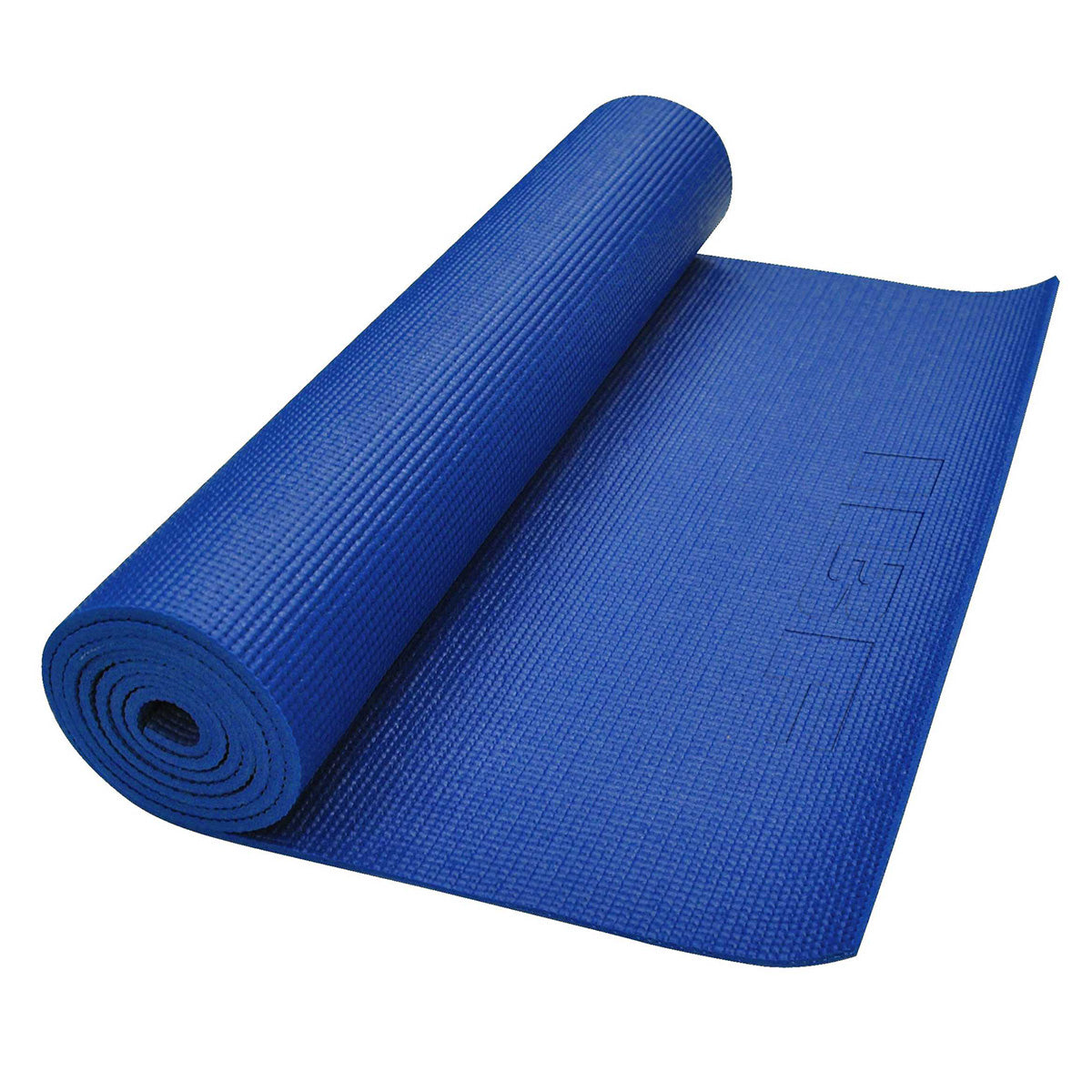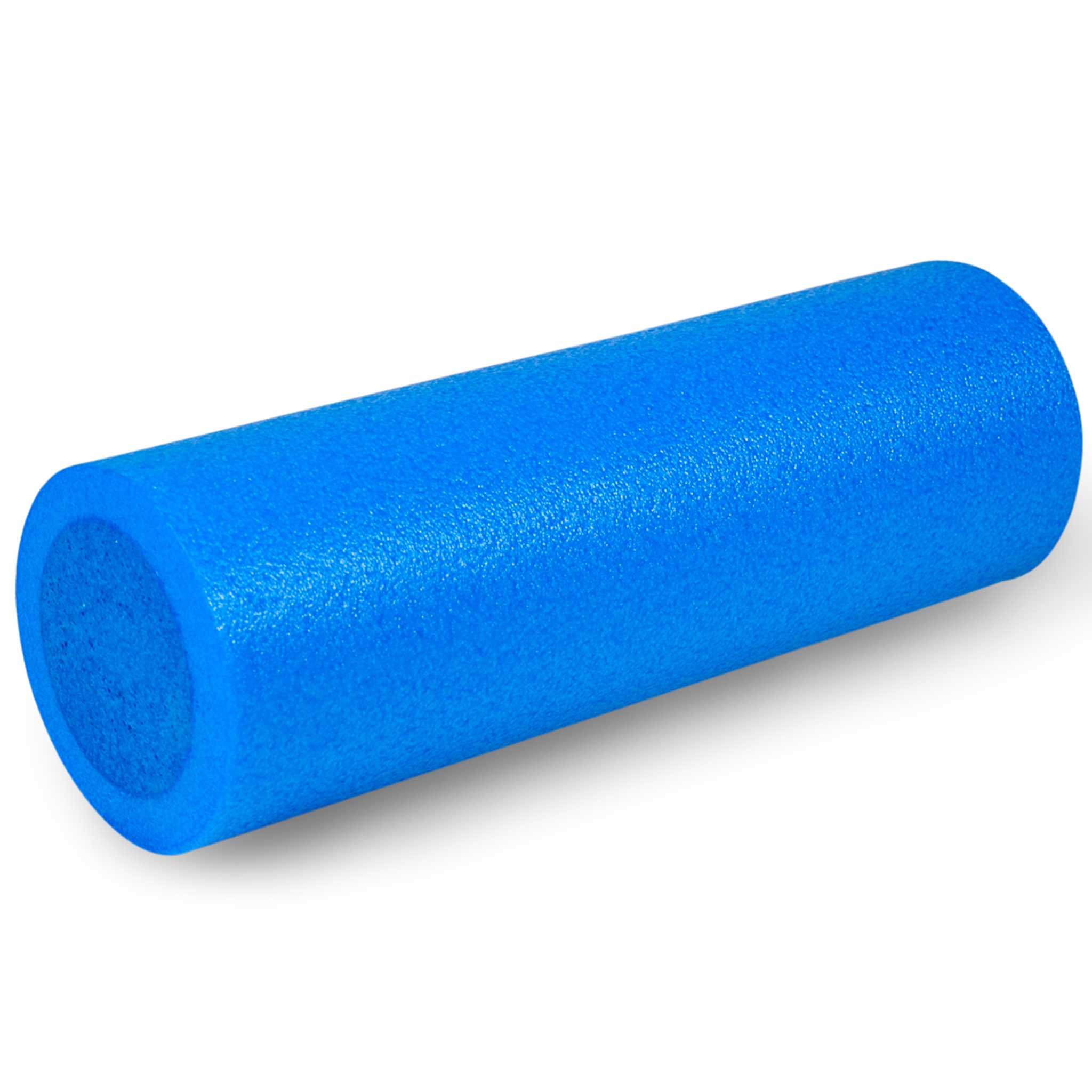
People strive to lose weight for myriad reasons, and many fall into the fad diet trap promising real results fast. While there are certainly ways to accelerate your weight loss efforts, it’s important to understand that shedding pounds too quickly can actually backfire.
Why Losing Weight Fast Isn’t the Best Goal
Though the allure of the “lose 5 pounds in a week” diet myth is strong, there are many reasons why speedy shedding may actually work against your best weight loss efforts.
First, when people lose weight rapidly, especially via fad or crash diets, they are typically unable to maintain it because the weight they lose is often more muscle mass and water and less fat mass compared to people who lose weight gradually.
“Maintaining lean muscle is important in weight loss because it plays a key role in metabolism,” says certified health coach and author of Sugar Shock and Beyond Sugar Shock Connie Bennett. “Muscle helps you burn more calories. But when you lose weight too quickly, you lose muscle and your body slows down calorie burning. Fast weight loss can even cause permanent slowing of metabolism.”
Rapid weight loss often leads to the dreaded yo-yo weight cycling many chronic dieters experience. In fact, a study of former contestants on NBC’s weight loss television show “The Biggest Loser” found the more pounds dropped quickly, the more the participant’s metabolism slowed. The study also found that the contestants regained a substantial amount of their lost weight in the six years following the competition.[1]
Another Australian study of 200 participants in The Lancet found that while dieters in the study lost the same amount of weight, the group that lost weight slowly lost 10% more body fat and 50% less lean muscle than the rapid weight loss group[2].
Further compounding the issue, when people lose weight rapidly, appetite often increases as metabolism decreases, making it almost impossible to keep the pounds off. A study in Obesity reports our bodies prompt us to eat 100 calories more per day for every pound lost[3].
Popular fad diets also very often result in nutrient deficiencies. “And rapid weight loss—especially when you cut carbs—is often largely water,” says registered dietitian Ellen Albertson, Ph.D., author of Rock Your Midlife. “What’s more, if daily calories are low, the body may also use muscle mass as fuel, further reducing metabolism, as muscle mass is metabolically active.”
The bottom line: Shedding weight sensibly is the way to go. Experts usually say a safe rate is losing around half a pound to 2 pounds a week. With that goal in mind, here are some tried-and-true ways to drop pounds and keep them off for good.
15 Expert-Backed Tips for Safe and Sustainable Weight Loss
1. Implement Long-Term Lifestyle and Behavior Changes
When trying to lose weight, ban the word “diet,” suggests Albertson. Dieting can be unpleasant and make you hungry, so you constantly think about food, which is exactly what you don’t want when trying to lose weight. Instead, she recommends thinking of weight loss as a part of getting healthier and concentrating on taking care of your body first.
“Weight loss is complicated and you don’t have total control over the number on the scale, but you do have control over what you eat, how much you move and other factors that impact weight, such as stress and sleep,” says Albertson. She suggests setting SMART—specific, measurable, achievable, relevant and time-sensitive—goals and rewarding yourself when you hit them.
2. Focus on the First 5% to 10%
Instead of saying, “I need to lose 25 pounds,” and overwhelming yourself with what seems like an impossible goal, look toward the health benefits that can come from even modest weight loss.
“Set smaller, achievable targets,” suggests Bennett. “Losing only 5% to 10% of your total body weight (TBW) can greatly improve your health and lower your risk for illnesses, such as type 2 diabetes, stroke, cardiovascular disease and certain types of cancer.”
3. Reduce Your Intake of Ultra-Processed Carbs and Sweets
A study in the Journal of the American Medical Association reveals what you eat is most important for weight loss[4]. The pounds will come off more quickly if you improve the quality of the foods you ingest.
“One of the healthiest ways to shed weight is to reduce your intake of sugar and rapidly metabolized carbohydrates,” says Bennett. “In particular, you want to cut out or drastically curtail your intake of high-glycemic-load foods, such as sugary snacks, processed carbs and soft drinks. When you avoid or cut back on French fries, chips, crackers and the like, you’ll speed up your weight loss.”
4. Eat More Plants
Research shows a plant-based diet not only promotes weight loss, but is also easier to stick to than a low-calorie diet[5]. Plus, it’s nutrient dense and has numerous health benefits.
“Produce supports weight loss because it’s rich in fiber and water, which are both calorie-free yet take up space in your stomach so you feel full,” says Albertson. In fact, a Brazilian study found a direct correlation between increased fruit and vegetable consumption and enhanced weight loss[6].
Albertson suggests aiming to consume five daily servings of produce to start and working up to seven to nine servings a day. “Start your day with a green smoothie, have a salad or cut up vegetables with your lunch and eat fruit for snacks and desserts,” she says. “For supper, have more stir frys, incorporate veggies into your pasta dishes and stir them into soups.”
5. Pump Up Your Protein
Increasing your protein consumption can help reduce appetite and help prevent the loss of muscle mass.
“Eating around 25 to 30 grams of protein—two scoops of protein powder or 4 ounces of chicken breast—per meal can improve appetite control and manage your body weight,” says Dr. Albertson. “The best way to do it is to make sure you have one serving of high-quality protein per meal.”
Albertson also says women older than 50 need significantly more protein (1 to 1.5 grams per kilogram of body weight daily) than men and younger women (who require .8 grams of protein per kilogram of body weight daily). “Women need more protein after 50, especially as they approach menopause, because decreases in the hormone estrogen result in a loss of skeletal muscle mass, strength and regenerative capacity,” she explains.
6. Drink More Water
Research shows drinking more water is associated with weight loss independent of diet and exercise[7]. Ample water intake can help increase satiety and combat sugar cravings. Water is also necessary for lipolysis, the body’s process of burning fat for energy.
“I suggest following the eight by eight rule—8 ounces of water eight times throughout the day—for a minimum water intake recommendation,” says Florida-based celebrity trainer Jordan Morello who works for the fitness platform Sweat Factor. “My clients are usually surprised once they add this [rule] into their own routine [by] how much this simple thing can curb cravings and leave you more satiated throughout the day.”
Another water trick? Try drinking two cups of water before each meal. Studies have shown this simple move can increase weight loss as well[8].
7. Eat a Well-Rounded Breakfast
Breakfast skippers, listen up. If you’re trying to lose weight, skimping on morning fuel is not the way to go. In fact, studies consistently show skipping breakfast is associated with overweight and obesity[9].
Additionally, a study in the Proceedings of the Nutrition Society found people who don’t eat breakfast tend to have poorer quality diets overall, and they skimp on nutrients, such as vitamin D, calcium and iron.
But not just any breakfast will do. “To think more clearly, perform more efficiently and be in better moods, you want a well-rounded, blood-sugar-balanced first meal of the day with ample protein, healthy fats and what I call quality carbs like fresh berries,” says Bennett[10].
8. Stand Up and Move More
One of the easiest ways to shed weight is to up your non-exercise activity thermogenesis (NEAT)—the energy expended for everything you do outside of eating, sleeping or exercising. Little changes like carrying your groceries instead of pushing a cart, parking farther away from the entrance to the mall, taking the stairs instead of the elevator or even tapping your toe can lead to hundreds of extra calories burned.
Or try to stand more than you sit. Studies show that simply replacing sitting with standing leads to a greater daily energy expenditure, which directly translates into more calories burned and ultimately pounds shed[11].
For example, if you weigh 160 pounds and alternate sitting and standing, you can burn approximately 35 additional calories an hour—an extra 280 calories a day, 1,400 calories a week and about 70,000 calories a year.
“Set a timer on your phone, Fitbit or computer to remind you to get up and move around every hour,” says Albertson. “You’ll burn more calories and may lower your blood sugar and risk of heart disease.”
9. Hit the Weights
Muscle burns more calories than fat. So how do you build more muscle? Strength training.
Adding resistance training to your weight loss plan is a smart idea not only because of the calories you’ll burn while working out, but also because of the “afterburn effect.”
Known as excess post-exercise oxygen consumption, EPOC reflects how long oxygen uptake remains elevated after exercise in order to help muscles recover. This elevation boosts metabolism both during and after strength training sessions.
And the more muscle you add to your frame, the higher your resting metabolic rate (RMR). Your RMR determines how many calories your body needs to function at rest. The greater your RMR, the more you can eat and not gain weight.
“While cardiovascular exercise is often emphasized, strength training is key for dropping pounds and maintaining weight loss, especially after age 50 because muscle mass—which burns calories—declines at a rate of 1% to 2% per year,” says Albertson. “Strength training can slow down muscle mass decline.”



